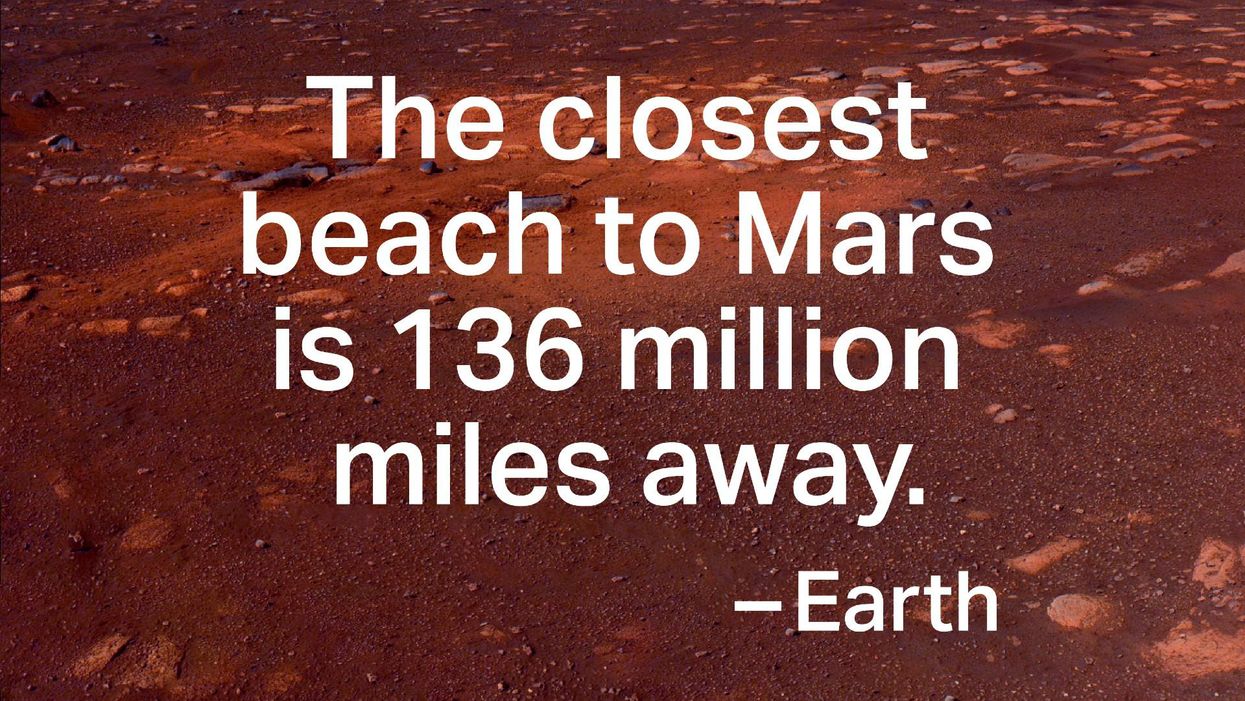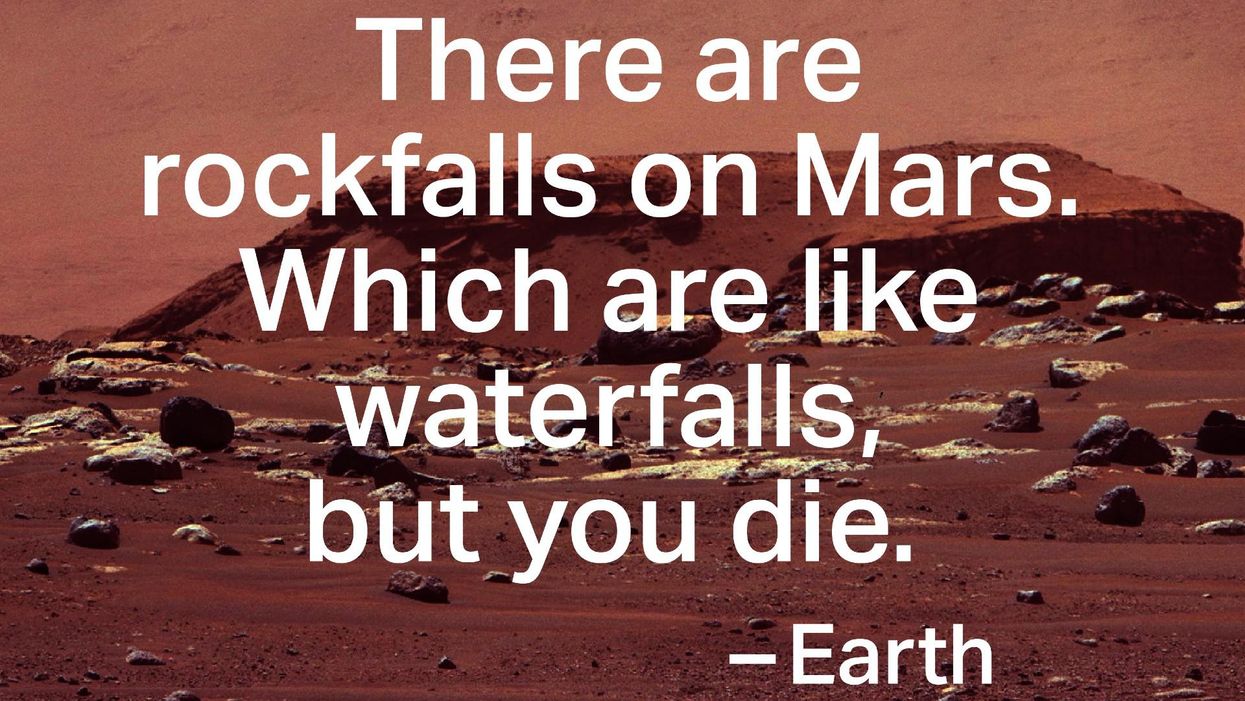NASA’s Mars helicopter experiment worked so nicely they had to do it twice.
When NASA’s Jet Propulsion Laboratory at Caltech in Pasadena landed its rover nicknamed Perseverance on the surface of Mars one year ago, it carried a prototype solar-powered helicopter named Ingenuity. The interstellar helicopter has since performed 29 flights on Mars following its historic first takeoff last April, providing scientists with valuable and previously never seen drone footage of the planet.
NASA has been sending four wheeled robots or rovers to Mars since it first landed the Sojourner in 1997. This new mission has two goals: exploring one of Earth’s closest neighboring planets and also gathering samples to take home for analysis – part of the JPL’s Mars Sample Return Program.
NASA said this week that the Perseverance Rover is currently collecting samples near Mars’ Jezero Crater. But the JPL just decided the success of the early Ingenuity flights indicated it could do more testing and sample collection from the air.
Partnering with the European Space Agency, NASA and the JPL will swap the planned Sample Fetch Rover for two helicopters that are based on Ingenuity’s design.
“There are some significant and advantageous changes to the plan, which can be directly attributed to Perseverance’s recent successes at Jezero and the amazing performance of our Mars helicopter,” NASA associate administrator Thomas Zurbuchen said in a statement Thursday.
The new mission is still in its conceptual design phase. In simplified terms, here’s how the revised plan will go down: NASA’s Sample Retrieval Lander will land on Mars, carrying a small rocket called the Mars Ascent Vehicle. The existing Perseverance Rover and new helicopters will collect samples of Martian soil and rocks and then put them into sealed tubes that the Mars Ascent Vehicle can ferry back to Earth, where scientists will eagerly be awaiting their arrival.
The Sample Retrieval Lander won’t launch until at least summer of 2028, NASA said. We can’t expect to see samples from that upcoming mission back on Earth until at least 2033.
That lengthy commute is a small trade-off considering the valuable information about the Red Planet that NASA could extract from the samples. It could go a long way towards, say, figuring out if we really could grow potatoes on Mars and sustain life on the planet.
Ingenuity was supposed to be just a test vehicle, but it outperformed the JPL’s expectations. It has proven to NASA, and the larger world, that Mars helicopters are actually a viable way to gain valuable insights about Mars and—perhaps—our other neighbors in the solar system.
- Mining Asteroids, Space Contracts and How NASA Hopes to Create ... ›
- NASA'S Jet Propulsion Lab Sets Missions for 2022 - dot.LA ›
- NASA’s Space Accelerator Program Lifts Off - dot.LA ›
- NASA's COLDArm Could Reveal Secrets About Our Solar System - dot.LA ›
- What NASA's JPL Budget Increase Means for Space Exploration - dot.LA ›
- How NASA's JPL is Being Used to Track Emissions in LA - dot.LA ›







